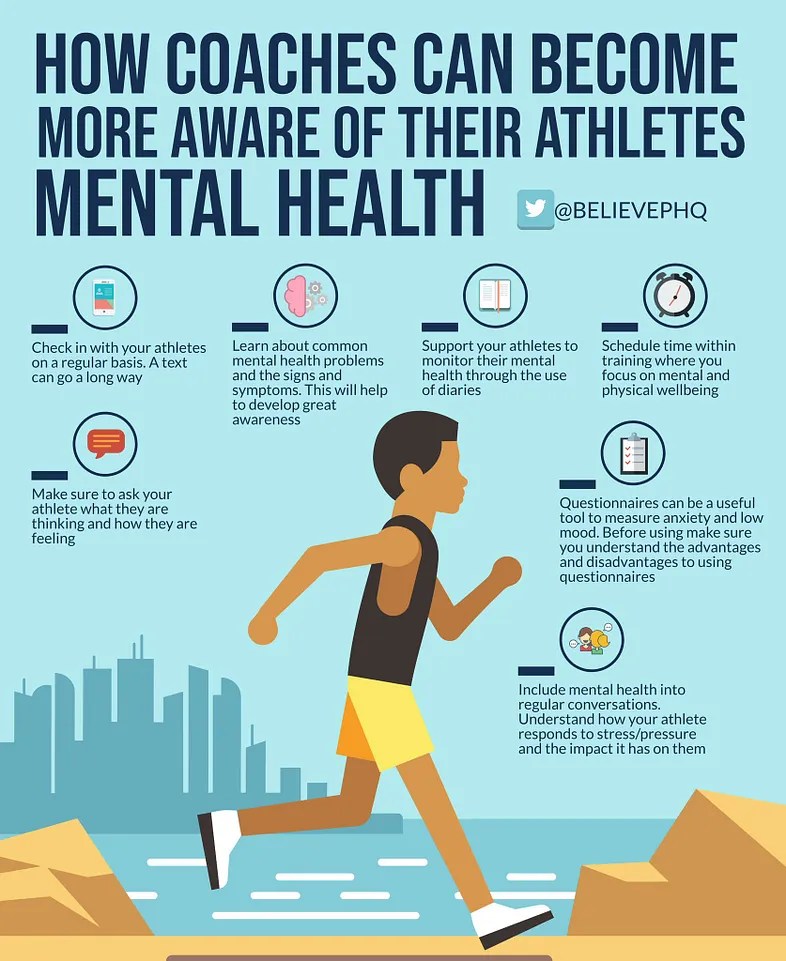High School and College Sports Mental Health Safety
Sports like football, basketball, and baseball build toughness, but they can also break spirits. A 2023 *Journal of Athletic Training* study found 35% of high school and college athletes report anxiety or depression symptoms, with 20% linking it to injury risk—stress slows reaction times by 10%, per a 2022 *Sports Medicine* report. As mental health climbs the safety ladder in 2025, schools are weaving it into protocols across these big three sports, proving a sound mind is as vital as a strong body.
The data’s eye-opening. The NCAA’s 2024 Mental Health Survey showed 40% of football players felt “overwhelmed” by pressure, while basketball’s multi-sport stars—30% of high schoolers play year-round—face a 50% higher burnout rate, per a 2021 *American Journal of Sports Medicine* study. Baseball’s grind, with 50+ game seasons, spikes stress 25% in pitchers, per *Sports Health* (2023). A 2022 *British Journal of Sports Medicine* meta-analysis tied this to physical fallout: anxious athletes are 1.5 times more likely to sprain an ankle or tear a ligament.
Schools are responding. The NFHS launched a 2023 “Mind the Game” initiative, adding mental health modules to coaching certifications—80% of surveyed football coaches now screen for burnout. At Ohio’s Moeller High, a football power, players get biweekly “check-ins” with a counselor; injury rates dipped 15% in 2024. Colleges like UCLA, with top-tier basketball and baseball, rolled out mindfulness apps (Headspace) in 2023, cutting reported stress by 30%, per a campus study. The NCAA’s 2024 Best Practices mandate access to psychologists—90% of D-I schools comply, up from 60% in 2020.
Research fuels the shift. A 2023 *Journal of Clinical Sport Psychology* study found mindfulness training—5 minutes daily—slashes cortisol by 20%, boosting focus and cutting injury odds by 18%. In basketball, Indiana’s Carmel High limits practice to 90 minutes after a 2024 pilot linked shorter sessions to a 25% drop in fatigue-related strains. Football’s embracing “recovery days”—Texas’s Lake Travis High swapped one contact practice for yoga in 2023, seeing concussions fall 10%. Baseball’s slower pace hides stress; Virginia’s Woodberry Forest now caps pitchers’ consecutive starts, easing mental strain and elbow pain alike.
Culture’s the hurdle. A 2024 NATA poll found 40% of athletes still fear stigma, especially in football’s macho ethos. Rural schools lag—only 25% offer counseling, per NFHS—while 15% of college programs cut mental health budgets in 2024, per NCAA. But the tide’s turning. With injuries down 12% in mental health-focused schools (NFHS, 2024), and stars like Simone Biles normalizing the convo, sports are redefining safety. By 2030, expect biofeedback tools to track stress in real time, keeping athletes whole—body and mind.



